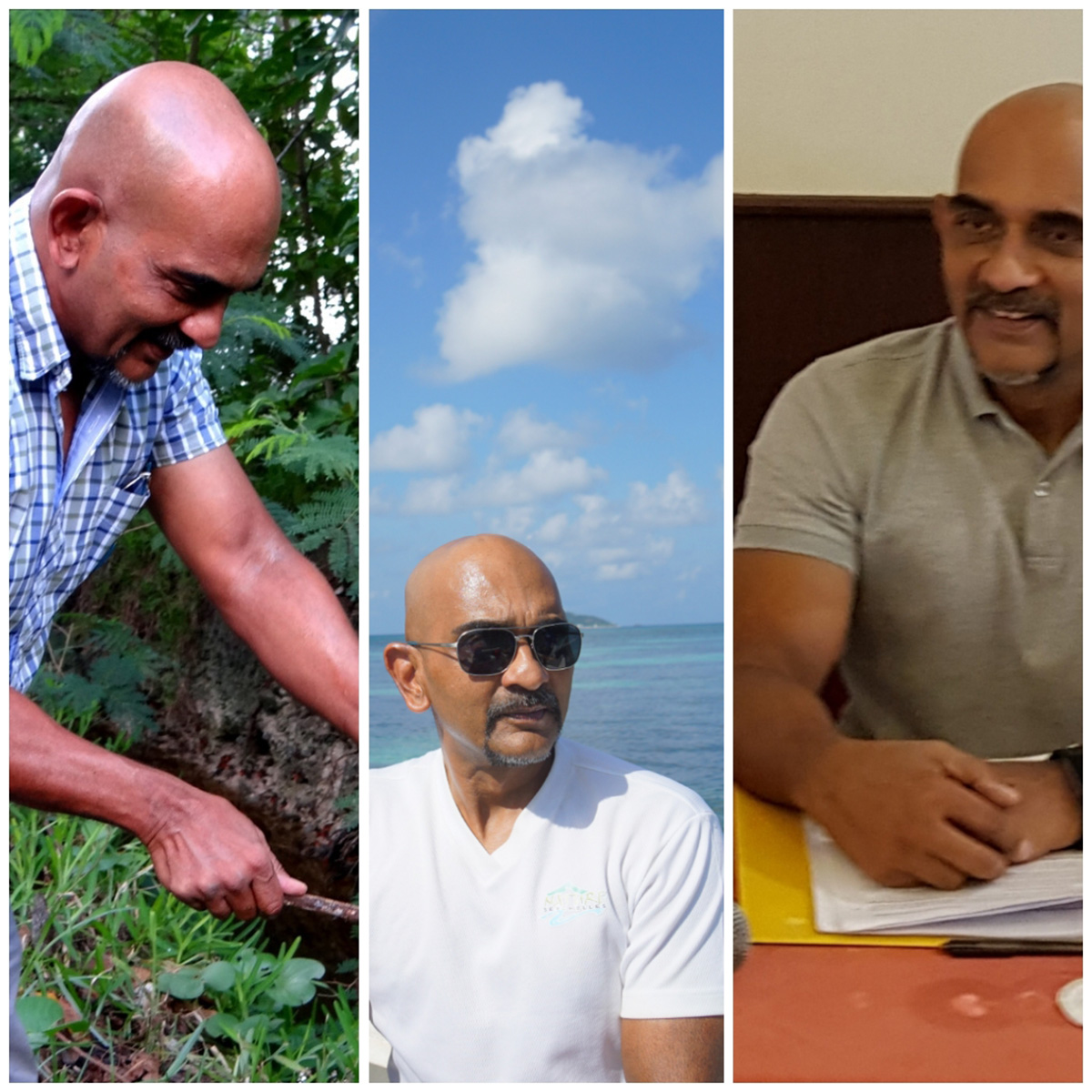World Fisheries Day 21 November
The first time I actually held a live tuna was back in 1987 when I was on an experimental Japanese purse seiner in the Indian Ocean and we were trying to tag as many tuna as we could as part of a stock assessment program. I was the assistant director of research at the Seychelles Fishing Authority and I was acting as a scientific observer on the vessel.
Today, the tuna stocks of the Indian Ocean, termed as Blue Gold, have never been in such dire straits. Yellowfin tuna was determined to be overfished since 2015 by the Indian Ocean Tuna Commission (IOTC), the Regional Fisheries Management Organisation (RFMO) which falls under the aegis of the UN FAO. Yet the IOTC has failed to reduce overfishing under its own yellowfin tuna recovery plan put in place since 2016. The species is listed as “near threatened” on the IUCN Red List.

For us in the Western Indian Ocean (WIO), the Eastern and Southern African countries and the island nations, it is the so-called Distant Water Fishing Nations (DWFNs) which are the crux of problem although IUU (Illegal, unreported and unregulated) fishing is also an issue of major concern. The DWFN fleets consist of South East Asian longliners and European purse seiners which are licensed to fish in the waters of the WIO, unlike the illegal fishers. The purse seining fleet is made up mostly of French and Spanish owned boats but they operate under the European Union (EU). The EU exerts a massive influence at the IOTC. The EU is in fact trying to grab all the tuna stocks through what is known as catch allocation

The Spanish have been overfishing tuna for some time. We have figures from the IOTC scientists themselves since 2017 which clearly shows massive overcatch by the Spanish. This has been pointed out to the EU by myself, national and international NGOs, international marine scientists, coastal nations of the Indian Ocean and others. I produced a report on the gross overfishing and this was discussed by the Seychelles government and raised with the EU Ambassador for Seychelles. Till date, the EU has not explained the overfishing to anyone.

A worry is the method of fishing which is impacting on the ability of stocks to recover. Ninety four per cent of the yellowfin caught by purse seine vessels are juveniles. This is because a large part of the catch is fished from under Fish Aggregating Devices (FADs). Tuna especially juveniles congregate under floating objects – FADs are simply artificial floating objects many with radio transmitters so the fleet can locate them. The Spanish fleet have thousands of FADs in the WIO and although coastal states have tried to reduce the numbers they have failed. Widespread use of FADs is contrary to the notion of sustainable fisheries.
The long liners are not innocent either. There is very little information on transhipment of the catch at sea, their favoured method of transporting the tuna to market. The spotlight is back on the longliners these days also because of accusations of forced labour. The US has recently added fish caught by Chinese and Taiwanese distant-water fishing fleets to its annual “List of Goods Produced by Child Labor or Forced Labor”. The majority of the crews on the Chinese fleets board are migrant workers from Indonesia and the Philippines, who are particularly vulnerable to slavery.

The basic problem is that the DWFNs provide massive subsidies to their fleets. Without these subsidies they would not be fishing at all. Its been well known that most subsidies lead to more and more boats chasing less and less fish. This practice has been condemned by international and environmental organisations. Recent studies have shown that without government subsidies, industrial fishing would be unprofitable.

The market has started to respond to the overfishing. Tesco, Princes which has 2 tuna canneries in Mauritius, and others have pledged to stop buying yellowfin tuna from the Indian Ocean until the IOTC puts in serious conservation and management measures to stop overfishing. This is a very serious move that would jeopardise the coastal countries’ lucrative export which brings in much needed foreign currency.

It is vital that civil society organisations in our region take much more of an interest in tuna fisheries. Till date it’s been mostly foreign NGOs which have been active. This is the reason why Nature Seychelles has been actively canvassing for sustainable fisheries and is a member of SWIOTUNA, a recently formed regional NGO made up of national NGOs working in this field.

As coastal countries of our region kick start their Blue Economies, sustainable management of fisheries is a must. Those who take our fish illegally or under false pretences are sabotaging our Blue Economies. Tuna fisheries operating in the Indian Ocean is a 4 billion Euro business. Little of that actually enters the economy of our countries. Over 50% of tuna in the EU is caught in the WIO. Last year tuna was voted the most important fish in Europe. We need to get more benefits from the fishery. Plus, if we don’t get the DWFNs to stop overfishing, our grandchildren will see tuna only in picture books and in movies.

